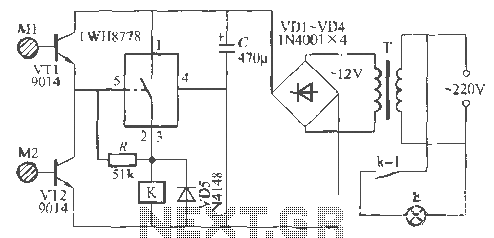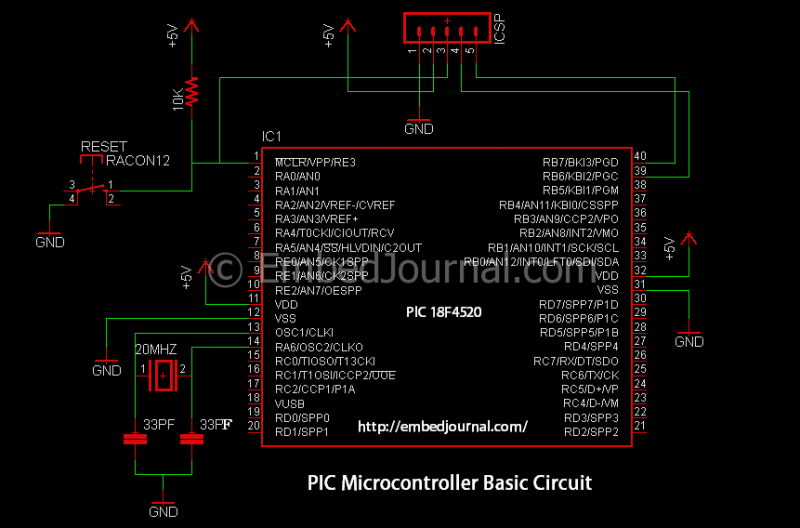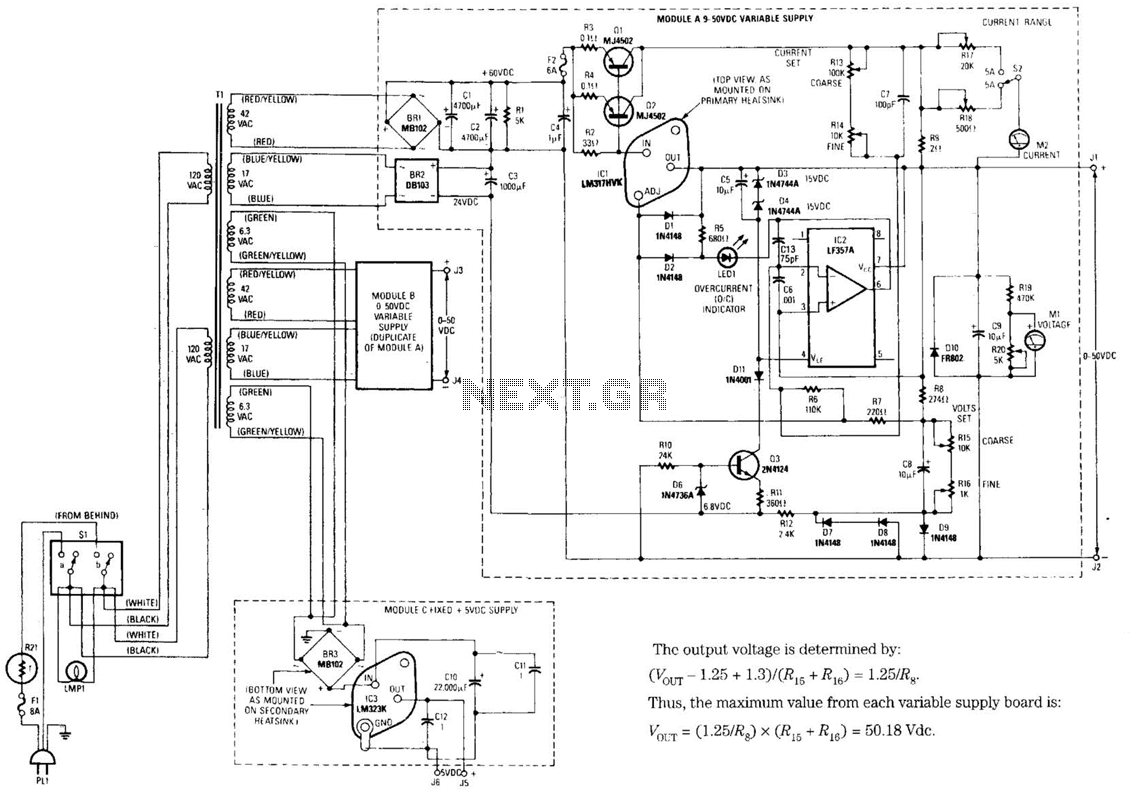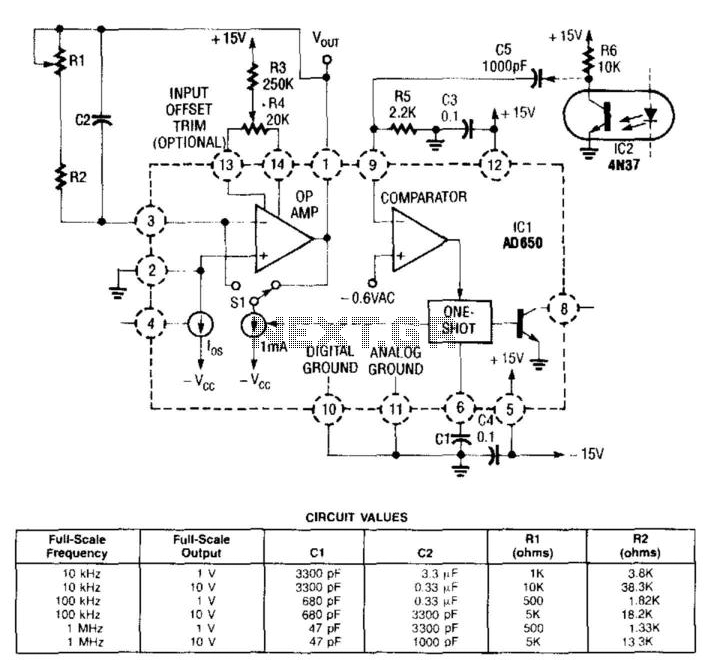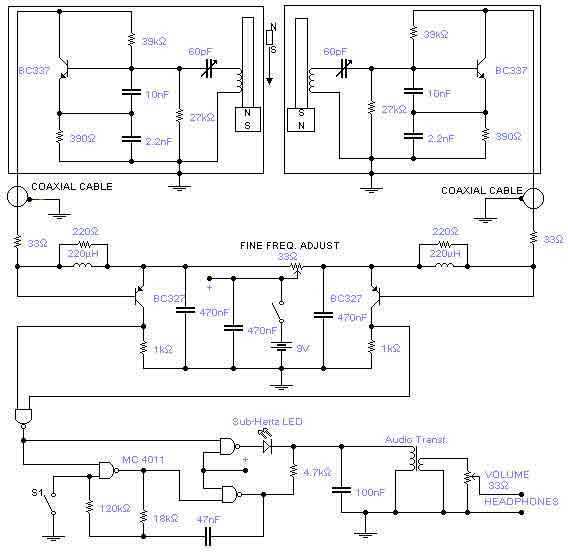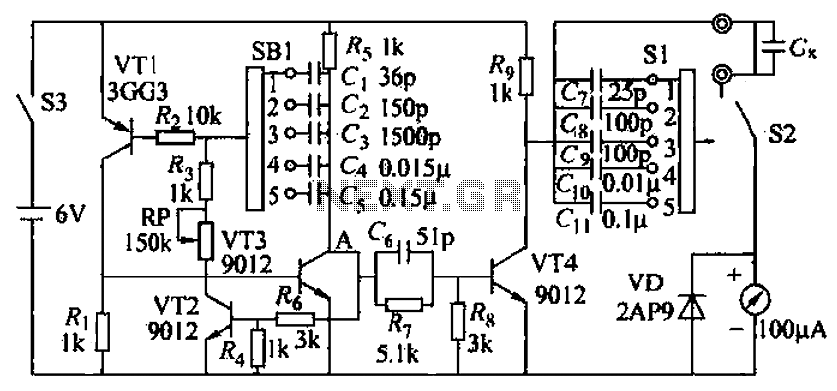
XTR105 reverse voltage and over-voltage surge protection circuit
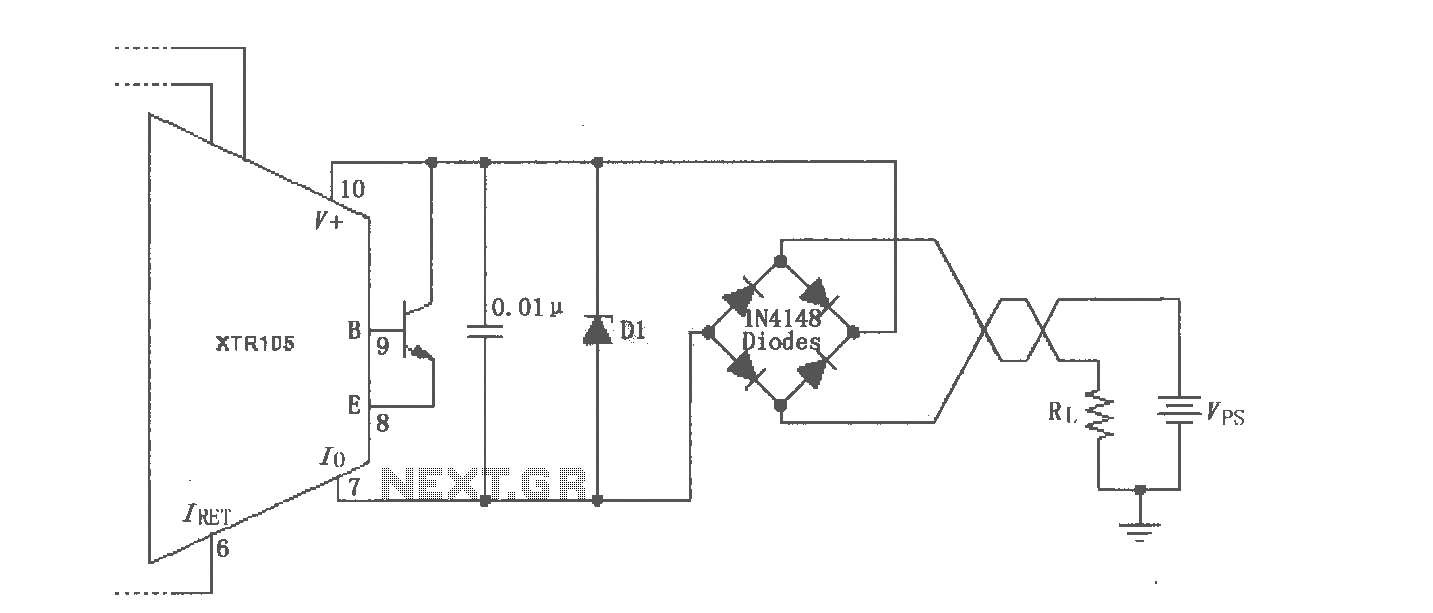
The XTR105 reverse voltage and over-voltage surge protection circuit is illustrated. A Zener diode rated at 36V can be utilized, with options including 1N4753A or 1N6286A. The maximum supply voltage (Vps) should be less than the minimum breakdown voltage of the Zener diode. Additionally, the diode bridge introduces a voltage loss of 1.4V to the loop supply voltage.
The XTR105 circuit is designed to protect sensitive electronic components from reverse voltage and over-voltage conditions that could lead to failure. The inclusion of a Zener diode, particularly one with a breakdown voltage of 36V, is critical in clamping excess voltage and preventing damage. The Zener diode can be selected from various models, such as the 1N4753A or the 1N6286A, both of which are suitable for this application.
In this configuration, it is important to ensure that the maximum supply voltage (Vps) does not exceed the minimum breakdown voltage of the Zener diode. This ensures that the Zener diode operates within its specified limits, providing effective protection to the circuit.
Furthermore, the diode bridge introduces a voltage drop of approximately 1.4V, which must be accounted for in the overall voltage supply calculations. This voltage loss affects the supply voltage available to the rest of the circuit, and therefore, the design must ensure that the remaining voltage is sufficient for proper operation of the XTR105 and any connected components.
Overall, careful selection of the Zener diode and thorough consideration of voltage drops in the circuit are essential for achieving reliable surge protection in applications utilizing the XTR105.Shown for the XTR105 reverse voltage and over-voltage surge protection circuit. Zener diode is 36V, or choose 1N4753A 1N6286A. Maximum Vps must be less than the minimum zener diode breakdown voltage of the diode bridge produce the loop supply voltage of 1.4V loss.
The XTR105 circuit is designed to protect sensitive electronic components from reverse voltage and over-voltage conditions that could lead to failure. The inclusion of a Zener diode, particularly one with a breakdown voltage of 36V, is critical in clamping excess voltage and preventing damage. The Zener diode can be selected from various models, such as the 1N4753A or the 1N6286A, both of which are suitable for this application.
In this configuration, it is important to ensure that the maximum supply voltage (Vps) does not exceed the minimum breakdown voltage of the Zener diode. This ensures that the Zener diode operates within its specified limits, providing effective protection to the circuit.
Furthermore, the diode bridge introduces a voltage drop of approximately 1.4V, which must be accounted for in the overall voltage supply calculations. This voltage loss affects the supply voltage available to the rest of the circuit, and therefore, the design must ensure that the remaining voltage is sufficient for proper operation of the XTR105 and any connected components.
Overall, careful selection of the Zener diode and thorough consideration of voltage drops in the circuit are essential for achieving reliable surge protection in applications utilizing the XTR105.Shown for the XTR105 reverse voltage and over-voltage surge protection circuit. Zener diode is 36V, or choose 1N4753A 1N6286A. Maximum Vps must be less than the minimum zener diode breakdown voltage of the diode bridge produce the loop supply voltage of 1.4V loss.
Warning: include(partials/cookie-banner.php): Failed to open stream: Permission denied in /var/www/html/nextgr/view-circuit.php on line 713
Warning: include(): Failed opening 'partials/cookie-banner.php' for inclusion (include_path='.:/usr/share/php') in /var/www/html/nextgr/view-circuit.php on line 713
